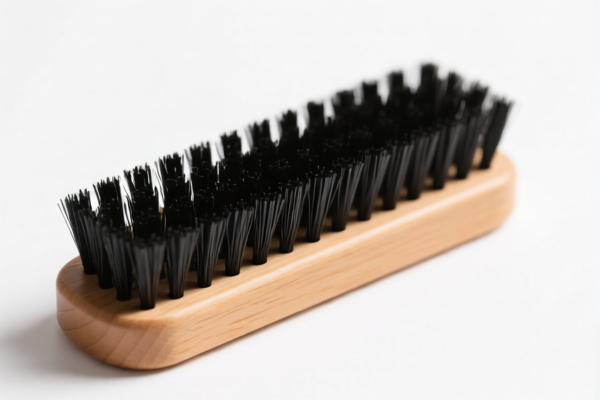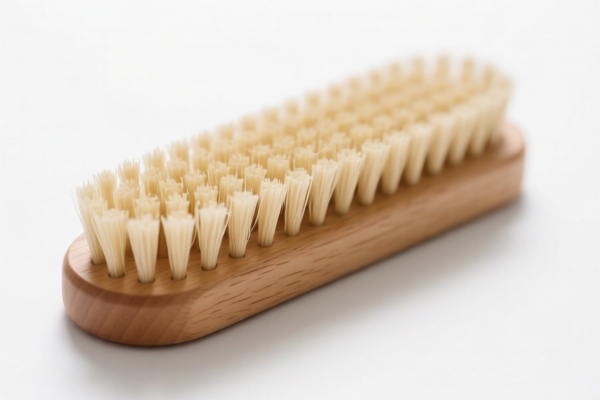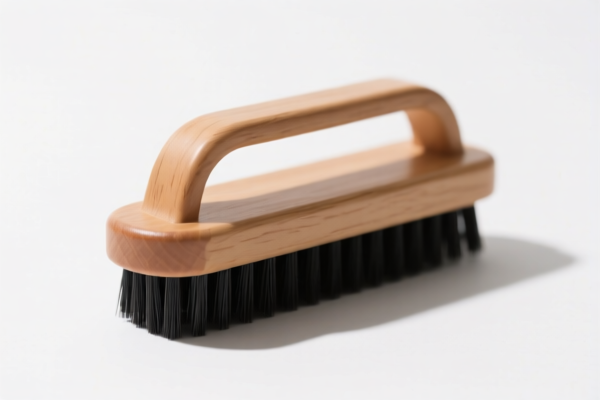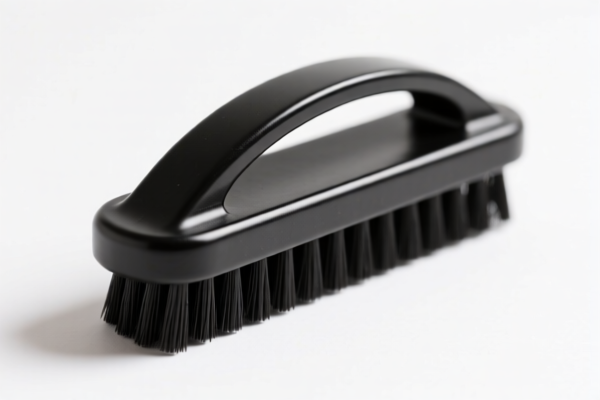| HS Code | Official Doc | Tariff Rate | Origin | Destination | Effective Date |
|---|---|---|---|---|---|
| 9603908050 | Doc | 50.0% | JP | US | 2025-05-12 |
| 3924104000 | Doc | 0.0% | JP | US | 2025-05-12 |
| 3924905650 | Doc | 0.0% | JP | US | 2025-05-12 |




A shoe brush is a common tool used for cleaning and maintaining footwear. It is designed to remove dirt, dust, polish residue, and other debris from shoes, extending their lifespan and preserving their appearance.
Materials
Shoe brushes are constructed using a variety of materials, each influencing their suitability for different shoe types and cleaning tasks:
- Bristles: These are the primary cleaning component. Common bristle materials include:
- Natural bristles: Typically made from horsehair or boar bristles. These are softer and gentler, ideal for delicate materials like leather.
- Synthetic bristles: Often nylon or plastic. These are more durable and resistant to water and solvents, suitable for heavier cleaning and synthetic materials.
- Mixed bristles: Combining natural and synthetic fibers for a balance of gentleness and durability.
- Handle: Handles are commonly made from:
- Wood: Traditional and aesthetically pleasing.
- Plastic: Durable, lightweight, and often ergonomically designed.
Purpose
The primary purpose of a shoe brush is to maintain the cleanliness and condition of shoes. This includes:
- Removing dirt and dust.
- Applying and buffing shoe polish.
- Restoring shine to leather shoes.
- Protecting shoe materials from damage.
Function
Shoe brushes function by physically dislodging and removing debris from the shoe's surface. The bristles create friction, loosening dirt and polish, which can then be wiped away. Different bristle types and brush designs are suited for specific tasks:
- Stiff bristles: Effective for removing stubborn dirt and grime.
- Soft bristles: Ideal for polishing and applying creams without causing scratches.
Usage Scenarios
Shoe brushes are used in a variety of scenarios:
- Regular maintenance: Daily or weekly brushing to remove dust and dirt.
- Polishing: Applying and buffing shoe polish to restore shine and protect leather.
- Cleaning: Removing mud, salt, and other debris after use.
- Specialized cleaning: Using specific brushes for suede, nubuck, or other delicate materials.
Common Types
Several types of shoe brushes are available, each designed for specific purposes:
- Horsehair brush: Soft bristles, ideal for leather polishing and delicate materials.
- Boar bristle brush: Similar to horsehair, offering good polishing properties.
- Nylon brush: Durable and versatile, suitable for heavier cleaning and synthetic materials.
- Suede brush: Specifically designed for cleaning and restoring suede and nubuck. These brushes typically have soft, rubber or brass bristles.
- Crepe brush: Used for restoring the nap of suede and nubuck.
- Polishing brush: Designed for applying and buffing shoe polish, often with a contoured shape for better grip.
- Combination brush: Features both horsehair and nylon bristles for versatile cleaning.
- Long-handled brush: For reaching difficult areas, such as the welt of the shoe.
- Mini brush: Small brush for cleaning shoes in tight spaces or traveling.
Shoe brushes fall under the category of brushes used for cleaning purposes.
Here are the relevant HS codes based on the provided information:
- 9603908050: This HS code covers brooms, brushes (including brushes constituting parts of machines, appliances or vehicles), hand-operated mechanical floor sweepers (not motorized), mops and feather dusters; prepared knots and tufts for broom or brush making; paint pads and rollers; squeegees (other than roller squeegees). The tax rate details indicate a basic tariff of 0.0% and an additional tariff of 0.0% for steel and aluminum products, resulting in a total tariff of 50.0% if the product contains steel or aluminum.
Regarding HS code 9603908050, please note that a 50.0% additional tariff applies if the shoe brush is made of steel or aluminum.
Customer Reviews
No reviews yet.